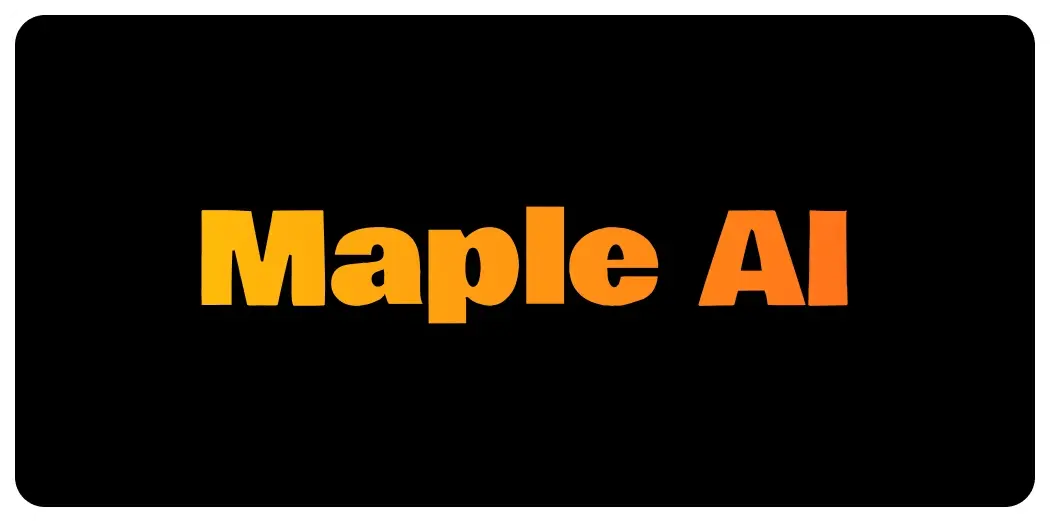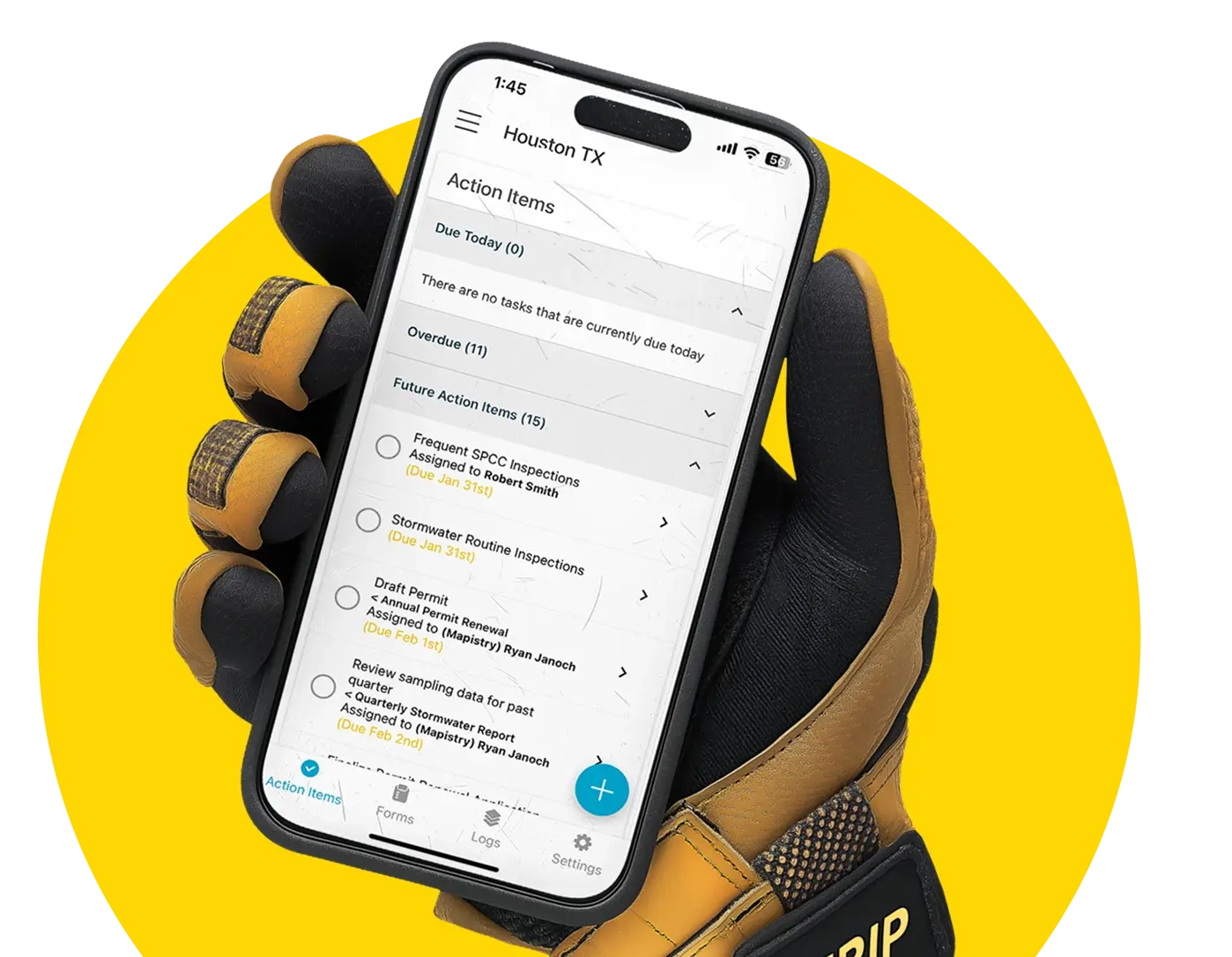Driving EHS Technology Forward in Industry: Todd Ravazza of Oldcastle Infrastructure
With 27 years of experience in the Environmental, Health and Safety (EHS) profession, Todd Ravazza is a leader in risk management, EHS best practices, and compliance technology. He started his EHS career in newsprint, with the San Francisco Chronicle, and has also been with some very heavy chemical manufacturing of hydrofluoric acid sulfuric acid.
Today, Todd is with Oldcastle Infrastructure as the Area Safety, Environmental Health and Safety and Sustainability Manager supporting 14 facilities across California from large manufacturing plants to distribution centers. In our Coffee & Compliance webinar (full recording below), he shared his passion for EHS and how to drive companies forward through continuous engagement and EHS technology adoption. His conversation with Maya Colato, Mapistry’s Head of Customer Success, covered some of his best practices, tips, and secrets to success, which are summarized below.
How to communicate the financial value of EHS technology & programs
Todd leverages his risk management expertise and business operations interactions over the years to drive EHS performance.
“Nobody has unlimited liquid financial resources, so we have to figure out how to balance the organisation's needs. We have to continue to produce whatever that production is. At the end of the day, if we’re not making money, none of us have jobs.”
When talking with executives and CFOs about EHS technology and programs, Todd likes to bring the full picture to them,
“Not just the compliance aspect, which is really important, but what are the potential downstream unintended consequences, no matter what that is, when you look at the bigger picture of the organization.”
On having an impact and influencing frontline personnel
“when I talk to our folks at any level, especially the mid- and frontline levels. It really boils down to two things: people, taking care of people, and number two, it comes back to making money.”
Why Did You Bring in Mapistry at Oldcastle
Todd had a number of reasons he cited for bringing in Mapistry software at Oldcastle, but because they have dynamic, fluid operations occurring at a fast pace he needed a system to keep up. Mapistry software has allowed him to help more people and focus on potential problem areas before they become bigger issues.
“I can’t be everywhere at once, so having a tool that gives me a dashboard at my level helps me see where the smoke is within the organization that I support. And be able to, you know, dive in, get down below the treeline, though, for those situations, work with the local resources, give them the guidance and support they need.”
He also wanted consistency across his locations and a centralized system to have resiliency in their EHS program. Per Todd, Mapistry has paid
“huge dividends for the consistency and my ability to see how we’re performing and how I can better support our operations across the state.”
Making the Business Case for EHS Technology
When working with the management team and talking about financial impacts, Todd shared how much he has grown to appreciate the many pulls on the budget and the views the team brings to a limited number of resources. “There’s capital expenditure projects to improve production or to buy new equipment so that a company can either maintain or grab more market share and slow our competitors.”
For EHS there are opportunities for EHS personnel growth and performance improvements. Todd also highlights the potential risk of an adverse event. That can be for soft costs (human factors), environmental damage, and financial penalties.
For example, he brought up id air compliance, how expensive air violations are and how the return on investment with Mapistry for air compliance can be measured in months. Air violations are not cheap and easily in the five figures, and with senior executives, that can resonate when purchasing compliance software.
Why Use Software for Program Resiliency
So how can the software make your compliance program more resilient with changing regulations, COVID-19 response, and personnel changeover? What do you need from EHS technology?
#1 Speed to React
“We don’t want to under-react. We want to do the right thing.” “Mapistry responded quickly to COVID”
#2 Simplify Responsibilities
“(Mapistry) simplifies my team members’ understanding of their responsibilities. I’m sure anybody with any environmental experience will testify that it can be pretty complex and understanding what those responsibilities are can sometimes be very clouded.” “having a tool (Mapistry) to be able to open up and go, okay, this is what I have to do and it’s going to walk me right through the system.”
#3 Consistency of Approach
“I’ve got a consistent program that that next person can jump right into it, and have a clear direction on what it is they’re supposed to do, and how to get it done, and then reach out for support when they need it.”
To hear the full webinar with Maya and Todd, check out the video below:
Want More
- Check out our upcoming live Coffee & Compliance webinars
- Read the full Oldcastle Infrastructure case study here


%201%20(2).png)

